Kruger National Park by Road: Dust, Beasts, and a Long Way Back to Joburg
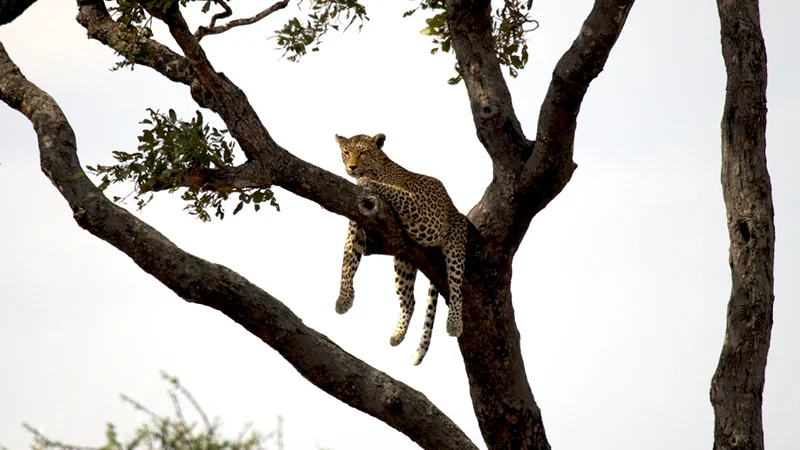
There’s something about leaving Johannesburg before dawn with a flask of bad coffee and a boot full of biltong. You know you’re escaping the city’s traffic jams and mall parking lots for something bigger, older, wilder, and infinitely less interested in your Wi-Fi signal.
I pointed my car northeast, toward Phalaborwa, the kind of place where the heat hits you like a hair dryer set on “Sahara.” Seven hours later, I rolled into the Forever Resort, a neat little stop just outside Kruger’s Phalaborwa Gate. It’s comfortable, clean, and close enough to the park that you can hear the bush’s nighttime soundtrack: distant hyena calls, a lion’s low rumble, and the occasional drunk braai enthusiast trying to remember the second verse of “Shosholoza.”
Into the Belly of the Beast
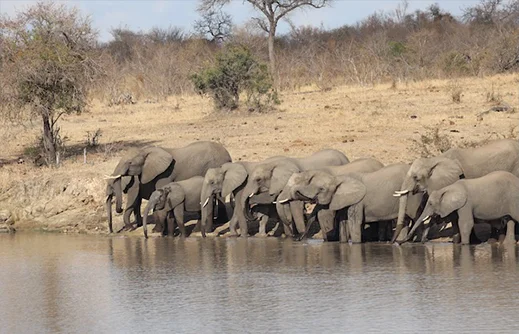
The next morning, coffee in hand, I crossed into Kruger. My destination: Satara, a camp in the middle of the park and prime big-cat country. Seven days of wild camping lay ahead, which in Kruger terms means you’re not exactly pitching a tent in a lion’s front yard, but you are living close enough to hear their midnight conversations.
From the moment I hit the dirt roads, I was hooked. The bush has a rhythm. Quiet stretches where the landscape hums with cicadas and sun, followed by heart-pounding moments where something shifts, and there they are. My first real stop was a watering hole, where a herd of elephants drank with the slow, methodical grace of old men nursing whiskey. Hippos grunted and bickered in the background like a bad family reunion.
Dawn Patrol to Sundowner Sprints
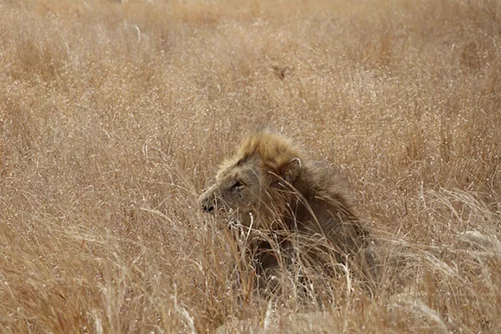
Days blurred into a routine of early mornings, thermos coffee, and rattling along dusty tracks. Some days I drove eight hours straight, chasing the whispers of sightings on the radio and the rumors of “something” just up the road.
I saw lions sprawled across the tarmac like they owned the place—which, technically, they do.
A leopard draped in a tree, legs hanging like a bored teenager. Buffalo, two hundred of them, surrounded my car in a slow-moving wall of horn and muscle. I waited an hour, engine off, windows up, heart thumping. That’s Kruger for you: one minute you’re free as a bird, the next you’re an involuntary guest at the Buffalo Parade.
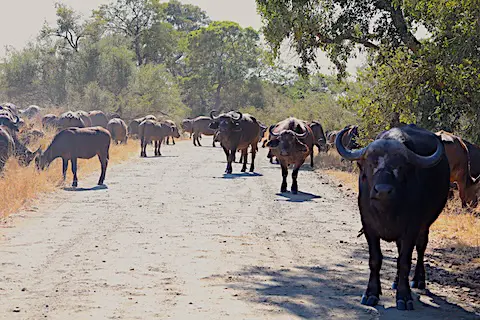
The park gates close at 6 p.m. sharp, and they don’t play. Every evening turned into a race against the clock, cruising past impala and kudu like a bushland video game, praying I wouldn’t round a corner into a traffic jam caused by a warthog with no sense of urgency.
The Last Day and the Laughing Dogs

On my final morning, the park decided to send me off in style. Just as I was easing toward the exit, I spotted them: hyena cubs, all ears and awkward paws, tumbling around their den while a watchful adult kept guard. Hyenas get a bad rap for being scavengers, but up close, they’re part comedy act, part lethal predator. Watching the cubs play felt like Kruger’s way of saying, “Come back soon, kid.”
The Long Road Home
Leaving through Orpen Gate, I took the scenic route, because you can’t come all this way and skip the Blyde River Canyon. It’s one of those places that makes you feel small in the best way. The road wound past tiny rural towns where goats wander the streets and kids wave at passing cars. It’s the kind of drive that reminds you South Africa isn’t just about its cities or its wild spaces, but the life happening in between.
Eight hours later, I was back in Joburg, unpacking dusty bags and wondering how quickly I could plan my next trip.
My Recommendation
If you’re thinking about Kruger, stop thinking and go. Drive yourself. Skip the quick fly-in safari if you can. There’s magic in the long road, in the small towns, in the heat that changes with every hundred kilometers. Stay more than a couple of nights. Get up at dawn, pack snacks, and spend hours at a single watering hole. Learn the difference between “there’s nothing here” and “give it ten minutes.”
Kruger is not a zoo. It’s not a checklist of animals to tick off before lunch. It’s a conversation between you and the wild, and like all good conversations, it takes time. Go slow, keep your windows down (unless you’re in the middle of 200 buffalo), and let the park tell you its stories.
And when you leave (because you will have to leave) do it with dust in your hair, the smell of the bush in your clothes, and the quiet satisfaction of knowing the city will still be there tomorrow, but the leopard in the tree won’t.

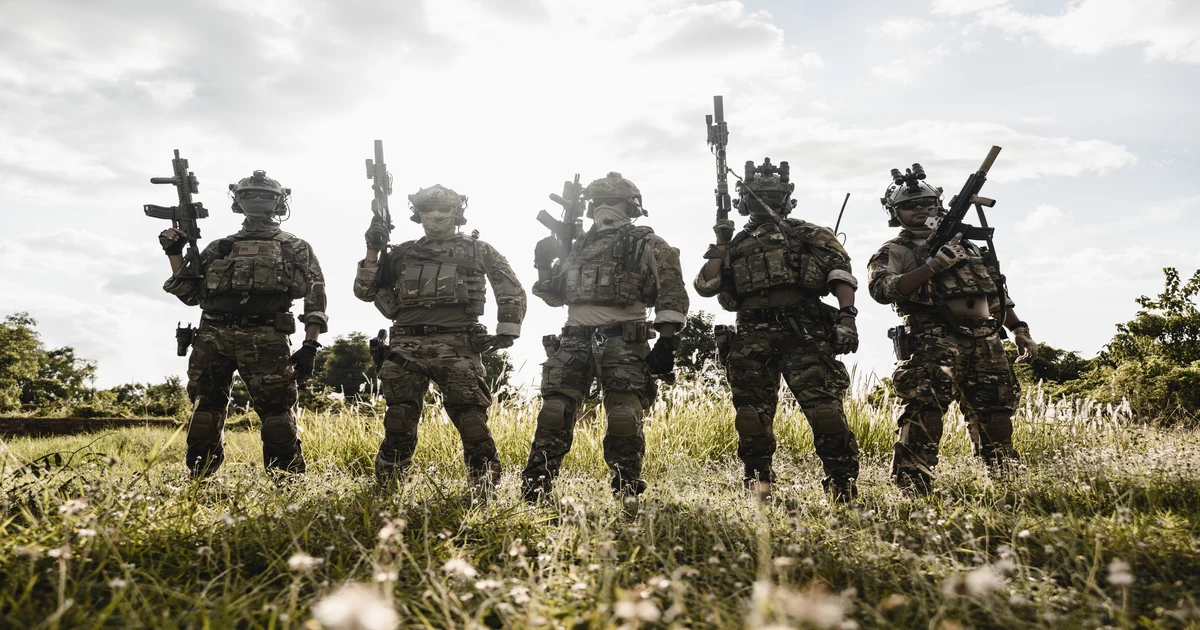
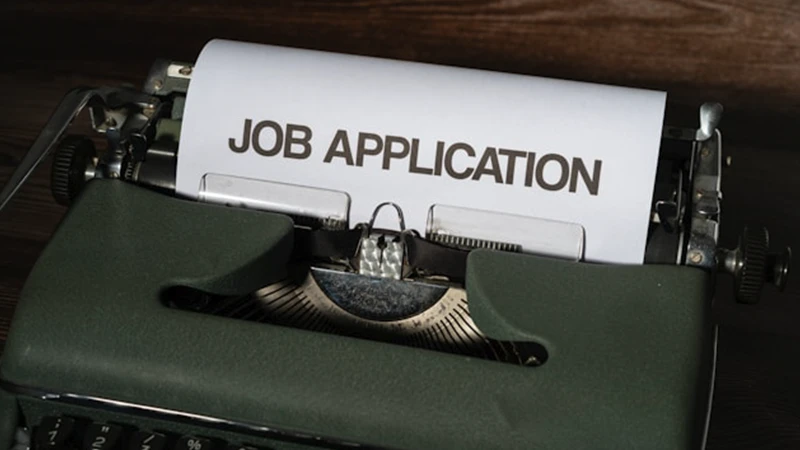
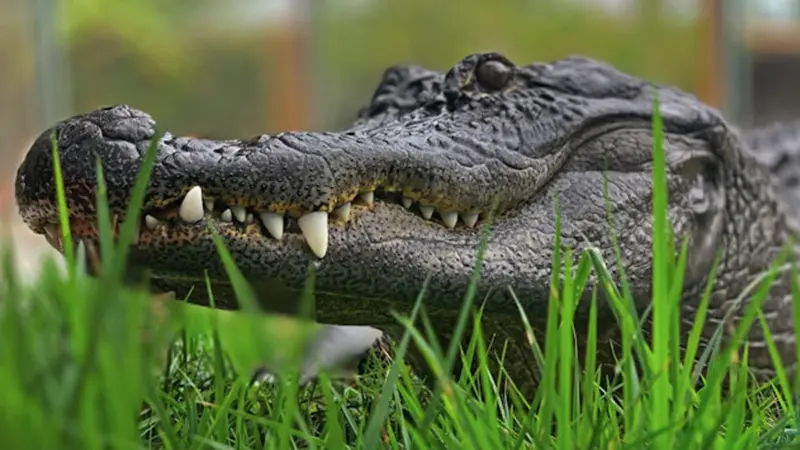


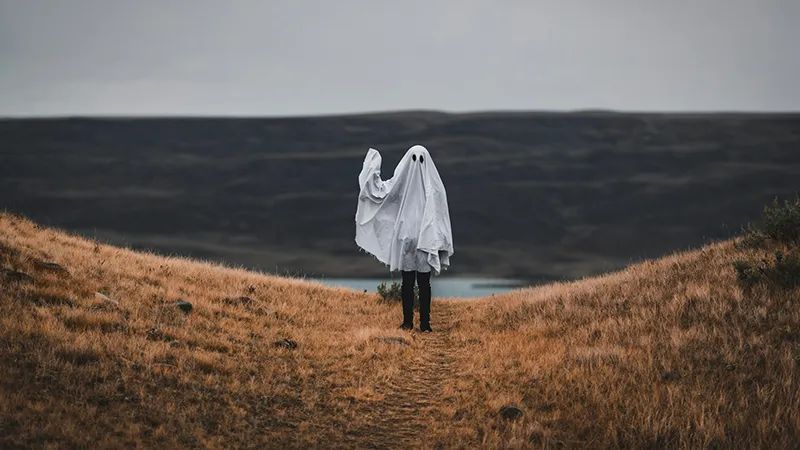


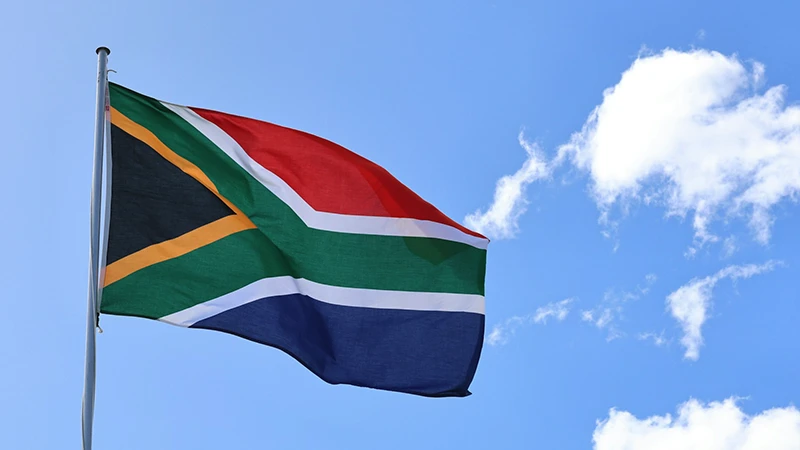
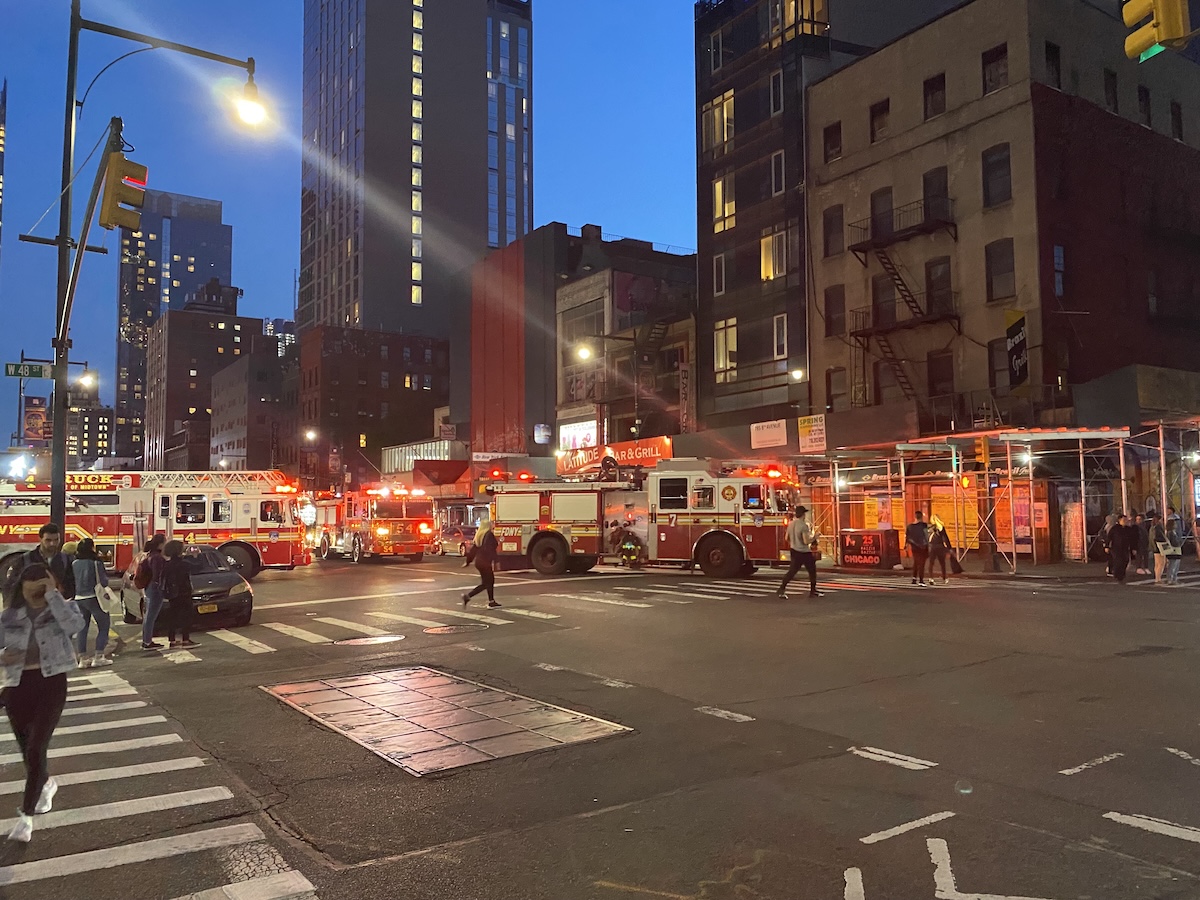
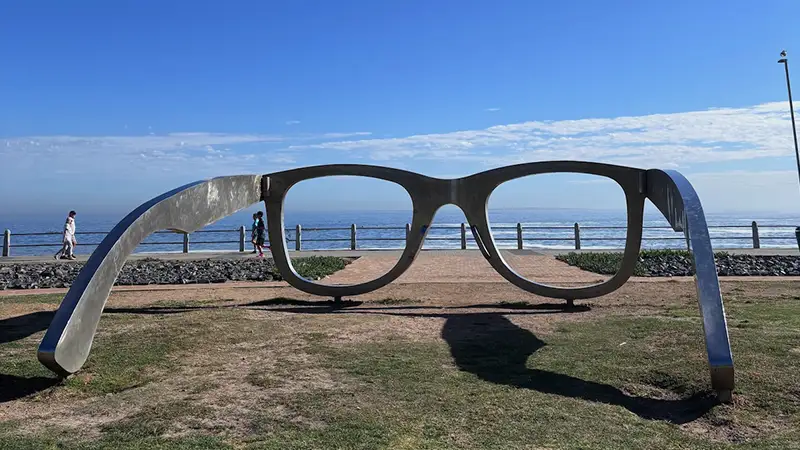
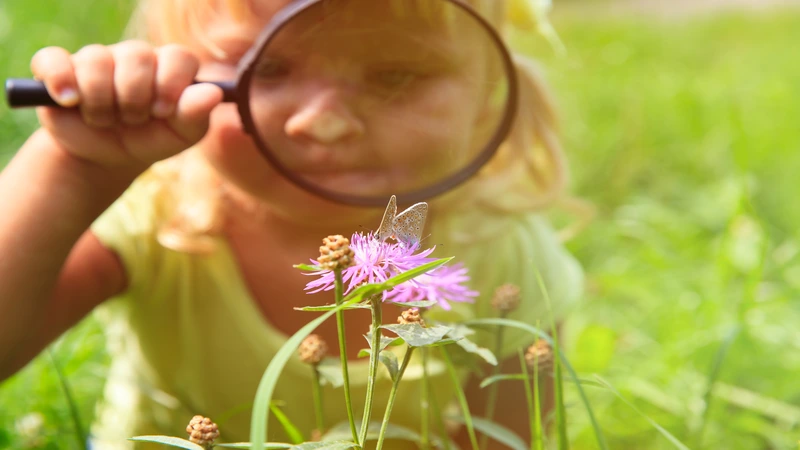
Comments
No comments yet. Be the first to comment!
Leave a Comment